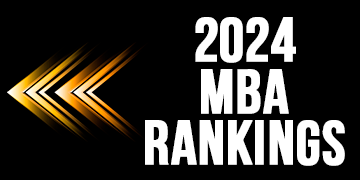Armstrong Craven Sees Strong Growth in US market for Talent Mapping and Pipelining
A global specialist in talent mapping and pipelining has reported strong growth in demand for its services in the United States.
Armstrong Craven has seen annual growth of 45% since 2014 as clients look to take a more strategic approach to their talent attraction and retention. The firm has seen particular demand in technology and healthcare and life sciences.
The company, which has offices in the UK and Singapore, has further plans to expand its footprint in the US over the next 12 months.
Rachel Davis, Deputy CEO of Armstrong Craven, said: “Clients like the fact we specialise in talent mapping and pipelining. Companies in the US have traditionally had a more reactive approach to their recruitment needs but this is changing as they are forced to take a more strategic view to address challenges in attracting and retaining talent for the future.
“We are working with in-house talent acquisition teams of global brands either headquartered in the US or with a significant and growing US presence.
“Clients increasingly recognise the global nature of talent and want to know where the very best talent sits both within and outside of the US.
“It is not unusual for us to be pipelining US-based R&D talent for one client, while another project is identifying talent within Asia Pacific or Europe to enable a US company to make the most of opportunities in other territories. Clients like the fact that we have cross-border capability.”
A number of Armstrong Craven’s assignments in the US are linked to diversity.
Rachel said: “Diversity covers so many different areas including gender, sexuality, race and age, but also, increasingly, diversity of thought. Companies want to ensure that their senior management teams and boards have a dynamic and diverse array of talents to aid decision-making in their organisations.”
Armstrong Craven has a number of growth plans for the US which it will roll out over the next 12 months.
Rachel added: “While much of our work has been focussed on the technology and healthcare and life sciences sectors, we are also seeing opportunities in other sectors including financial services and consumer and industrial.”






